When we were preparing to launch Collected, there were a gazillion decisions to make about what types of products we would carry. Vases and planters. Glassware, flatware and bar accessories. Kitchen tools, table linens and serveware. Pillows and blankets. Baskets, bowls and decorative objects. Our heads swam.
But, one of the product lines we are most excited about is the collection of antique and vintage items that we’ve hand picked for Collected. This is a feature of our shop we are so passionate about. There is no replacement for the patina and timelessness of a vintage or antique piece. And hunting for these one of a kind gems is one of our great pleasures!
One thing we see a lot of questions about is the difference between antique and vintage, and also about thrifting versus antiquing. Lisa, our vintage and antiques specialist, shared some notes on these topics, and below, we’ve included a gallery of some of our current favorites from Collected.
Thrifting vs. Antiquing
Thrifting is often inexpensive and these stores price items to sell, so there is usually no room for bargaining. Items are priced quickly, typically with little to no research involved: think Goodwill and Salvation Army. These stores usually have a lot of piles, and there’s typically a lot of sifting you’ll need to do to find something of value. That’s not to say it can’t be done – did you hear about the ancient Roman bust purchased at Goodwill for $34.99?!
Antique shops typically have items with more value, and you’ll usually pay more there. Sellers do their homework on their inventory, and price it accordingly. Antique shops are usually set up in a booth format, and the owners of the booths rent the space from the store. Sellers are responsible for pricing and selling their inventory, and so there is usually room to negotiate prices. The store clerk can call the booth owner if they aren’t in, and ask if they are willing to offer a better price. A lot of times they’ll do 10-15% off list price!
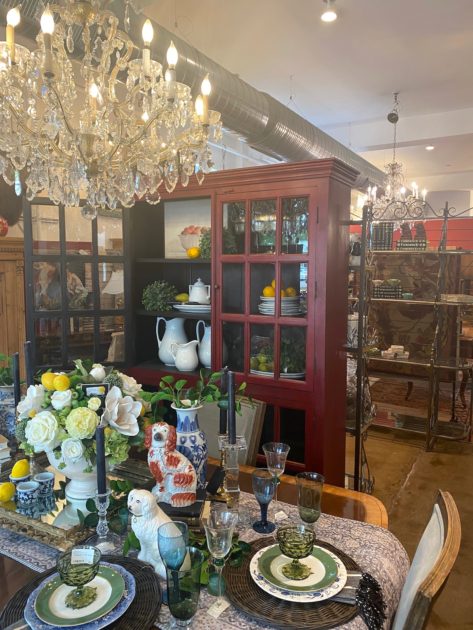
Antique vs. Vintage
Antique is at least 100 years old. The definition of vintage is a little more fluid, and often depends on who you ask. Most experienced sellers define vintage as at least 20 years old, though they will often say that “true” vintage should be at least 50 years old.
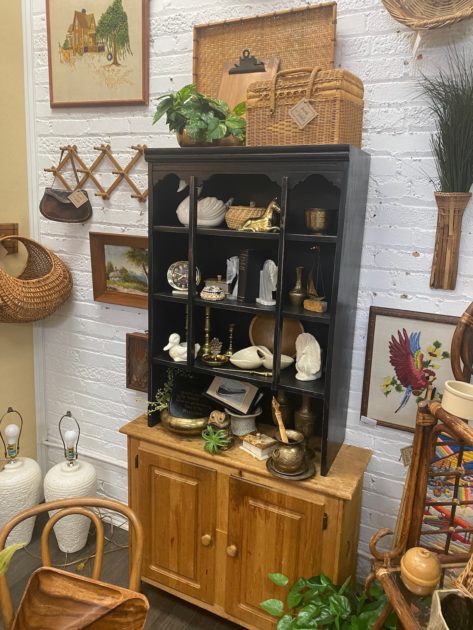
Ready for some of your own vintage and antique pieces? Listed below are a few of our favorite spots throughout the U.S., some with markets upcoming. And after that, shop a few of our favorites from Collected – no need to leave the comfort of your own home!
Alabama: First weekend in October: https://www.vintagepickin.com/fallmarket
California: First Sunday of each month: http://www.alamedapointantiquesfaire.com/
Illinois: July 30-31: https://randolphstreetmarket.com/
Indiana: http://www.westburyantiquemarket.com/
Massachusetts: September 6-11 https://brimfieldantiquefleamarket.com/ (noted to be one of largest outdoor markets in the country and has been running for over 50 years)
Shop the Look
Inspiration
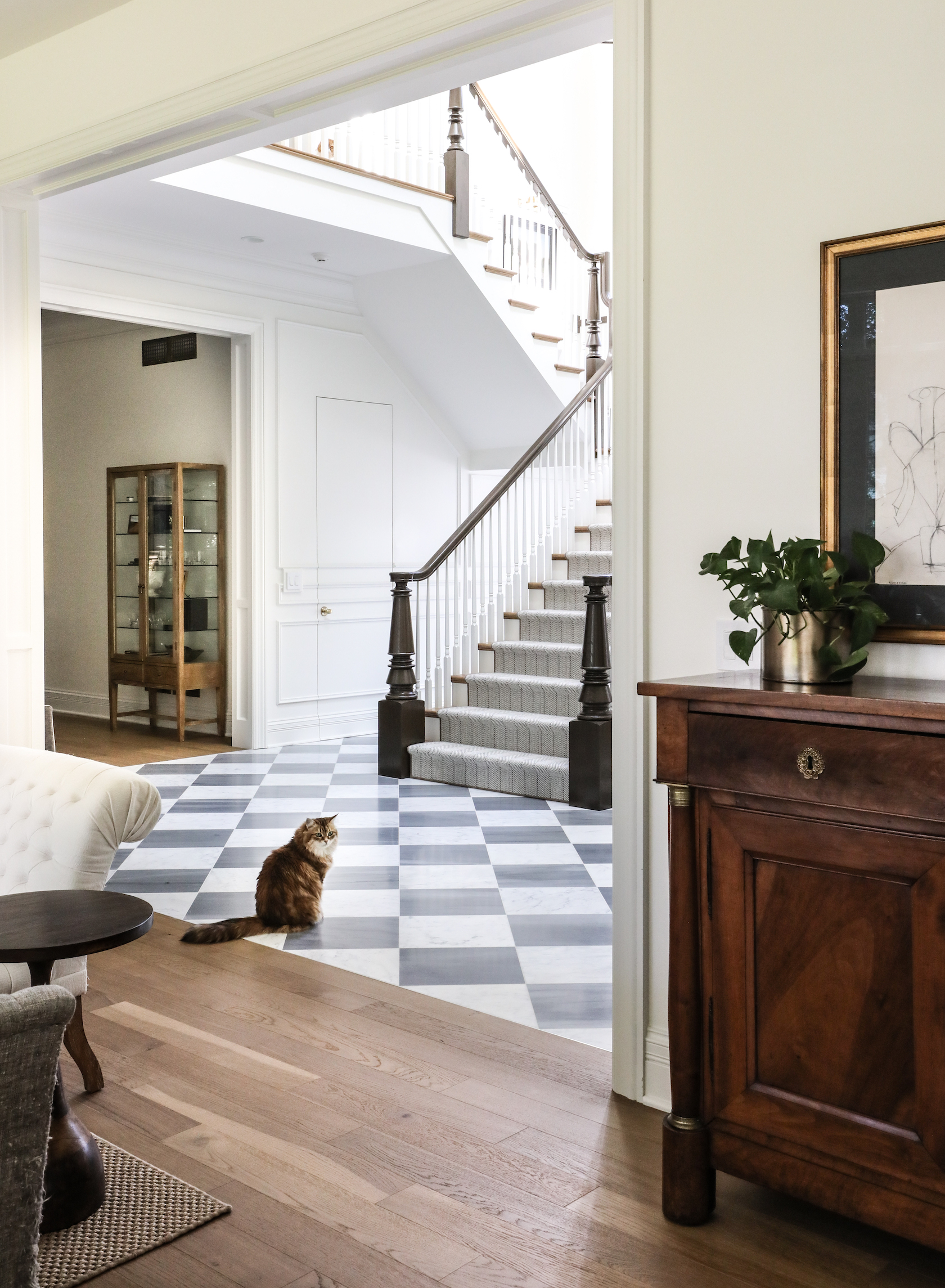
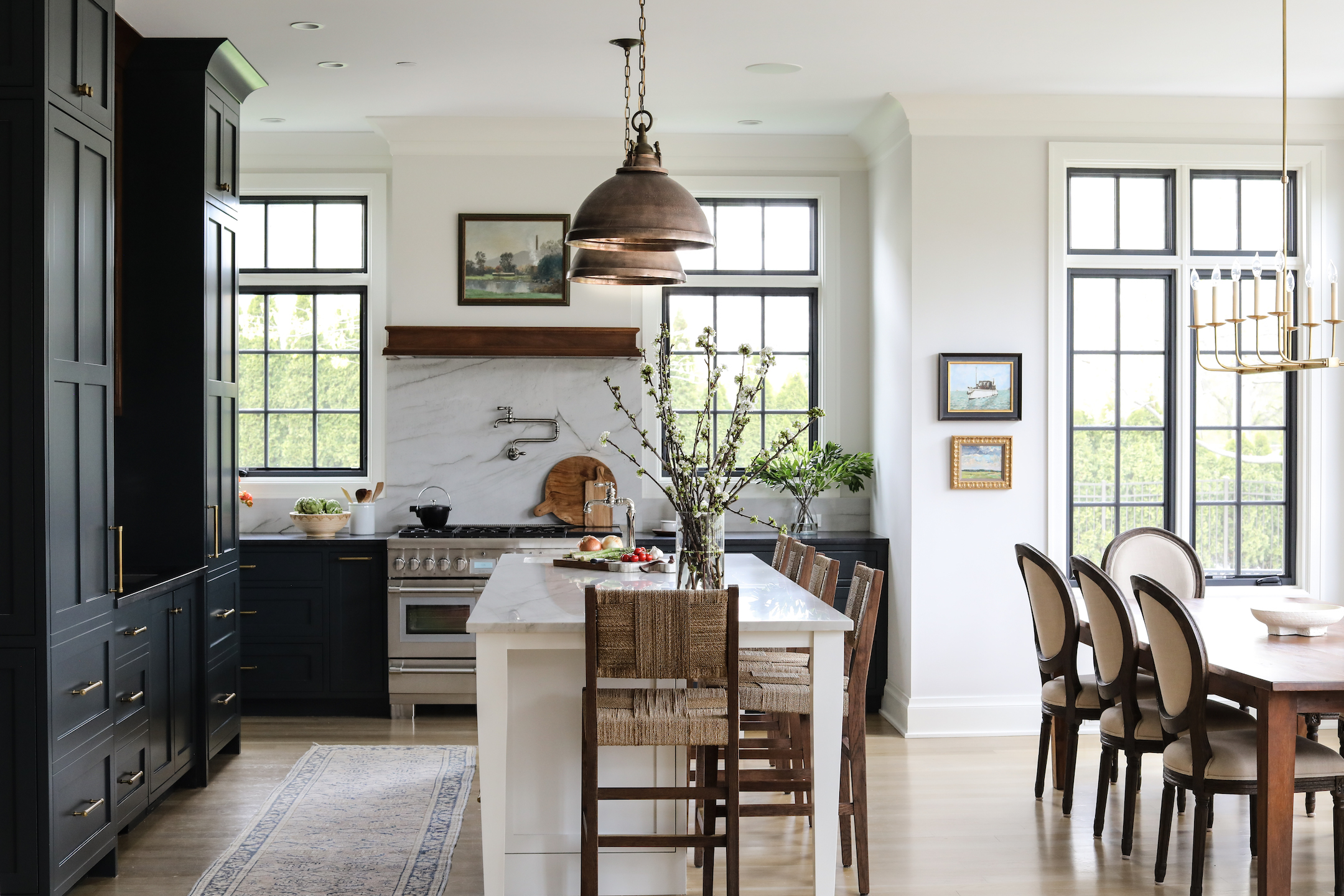
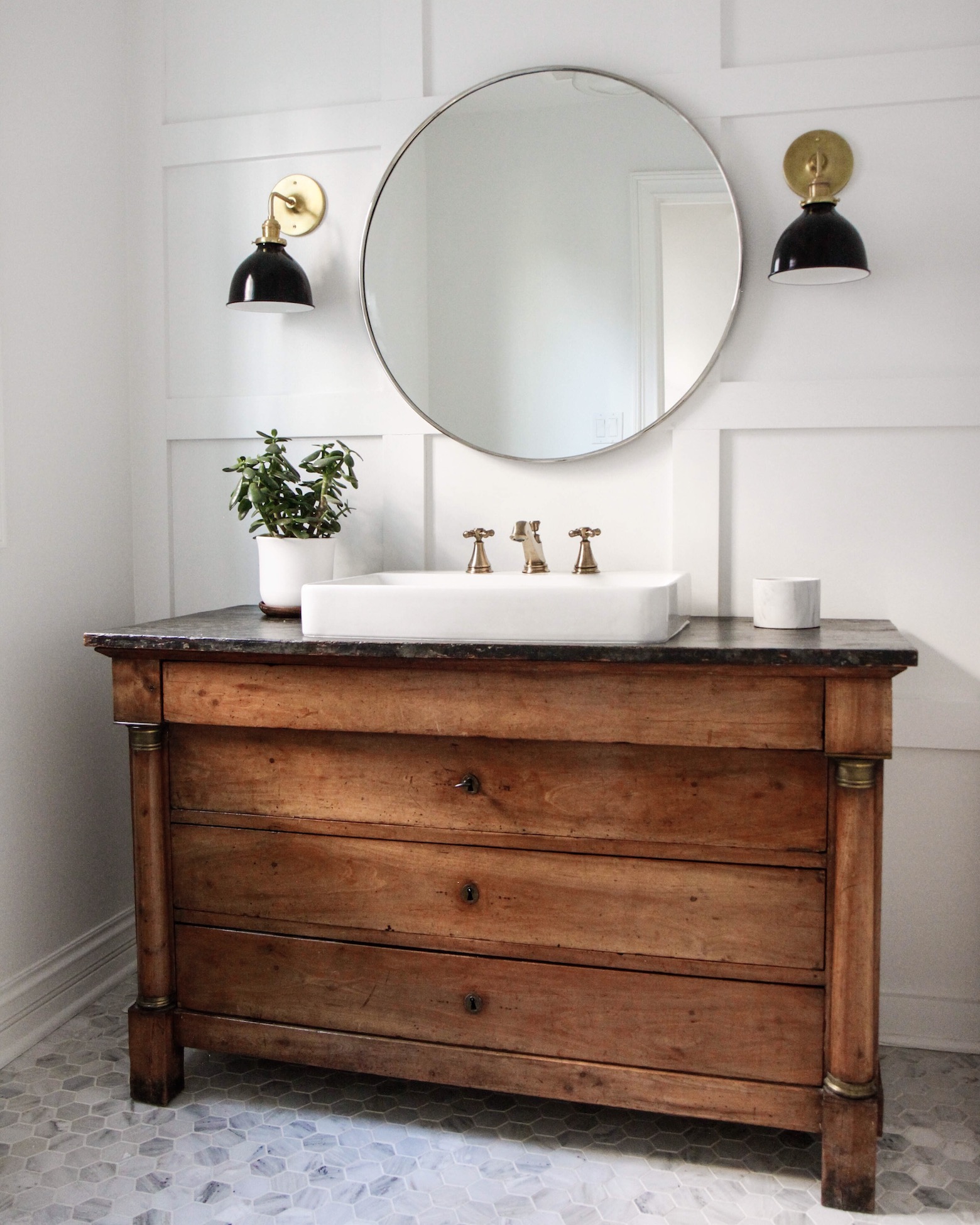
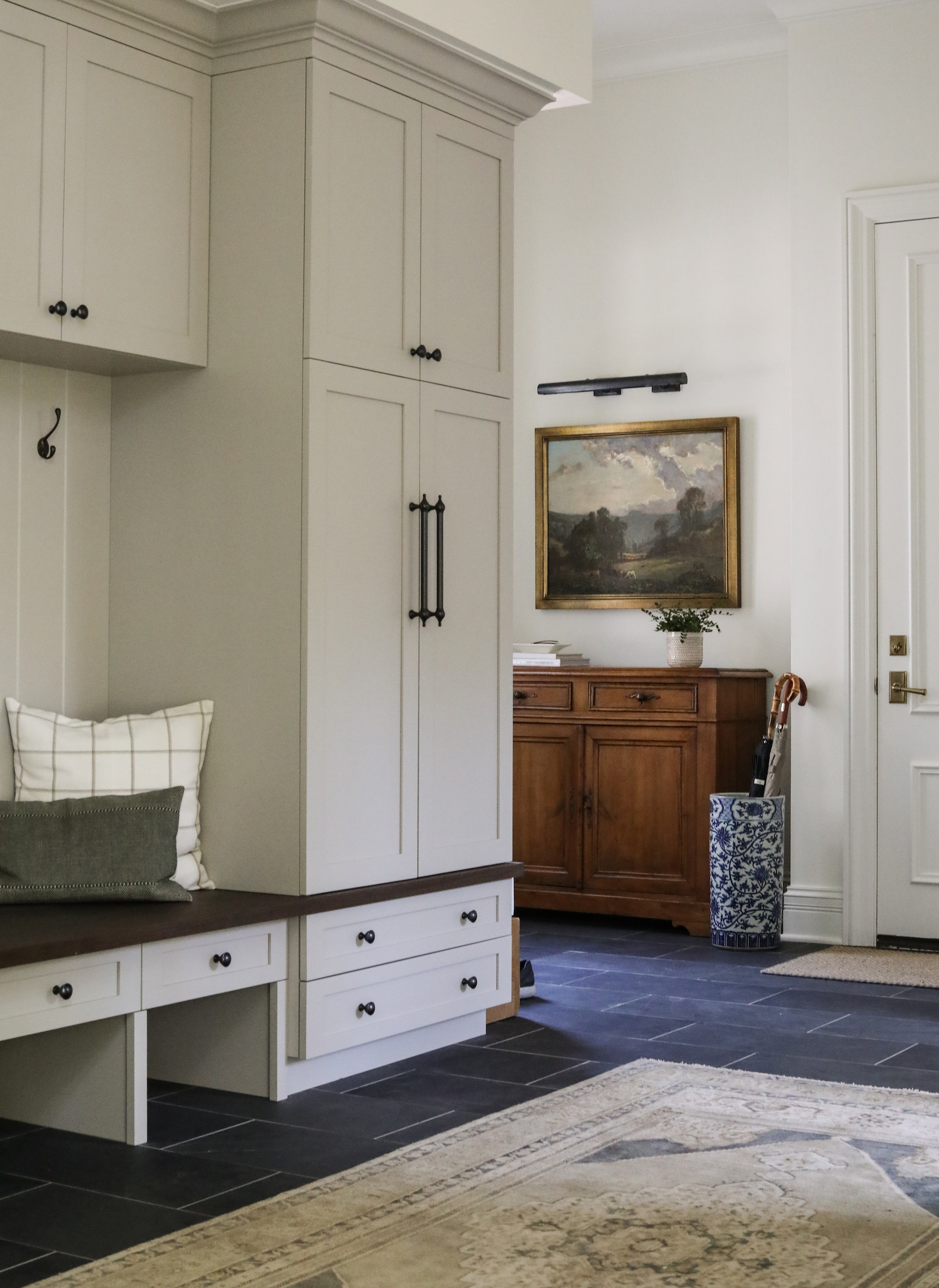
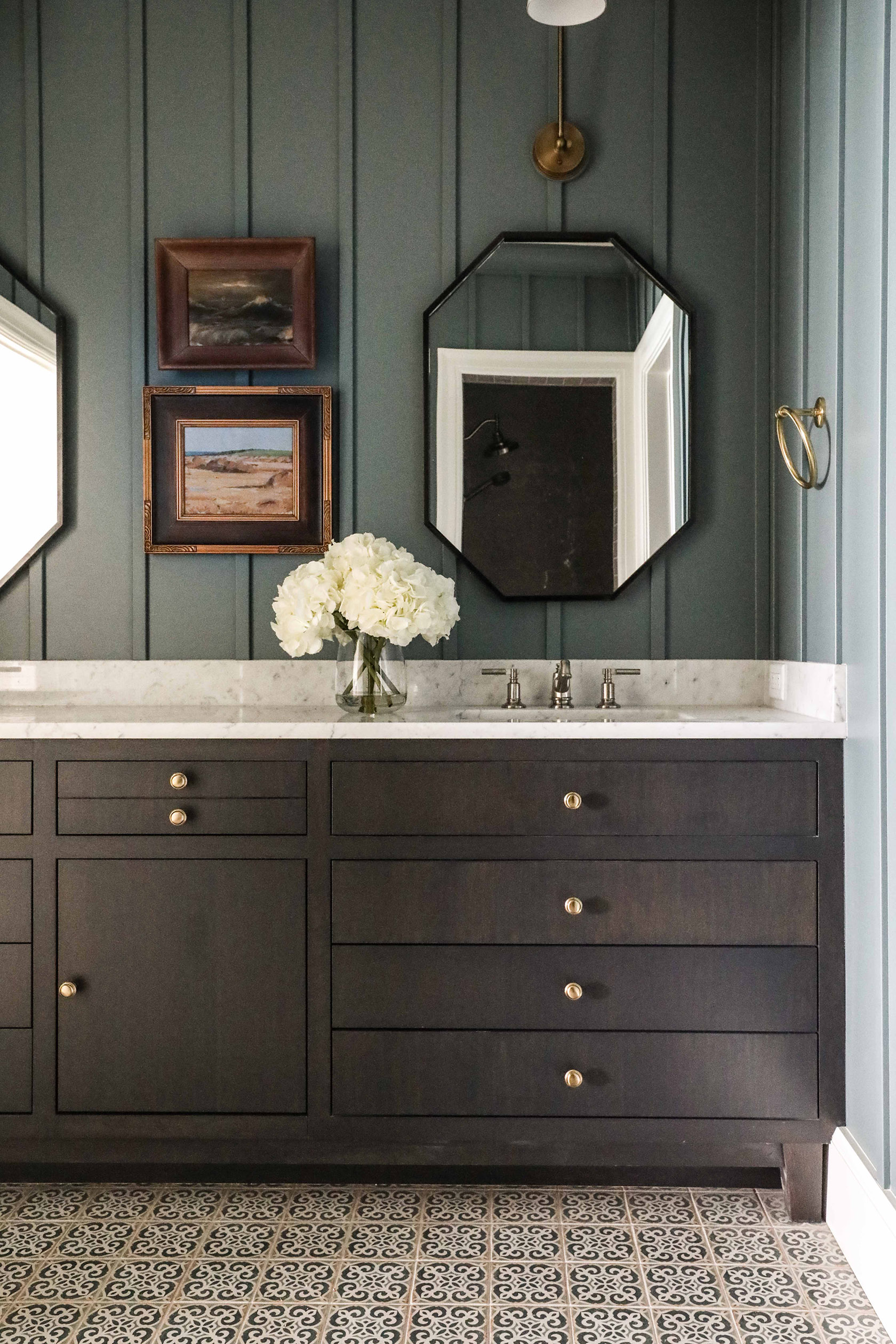
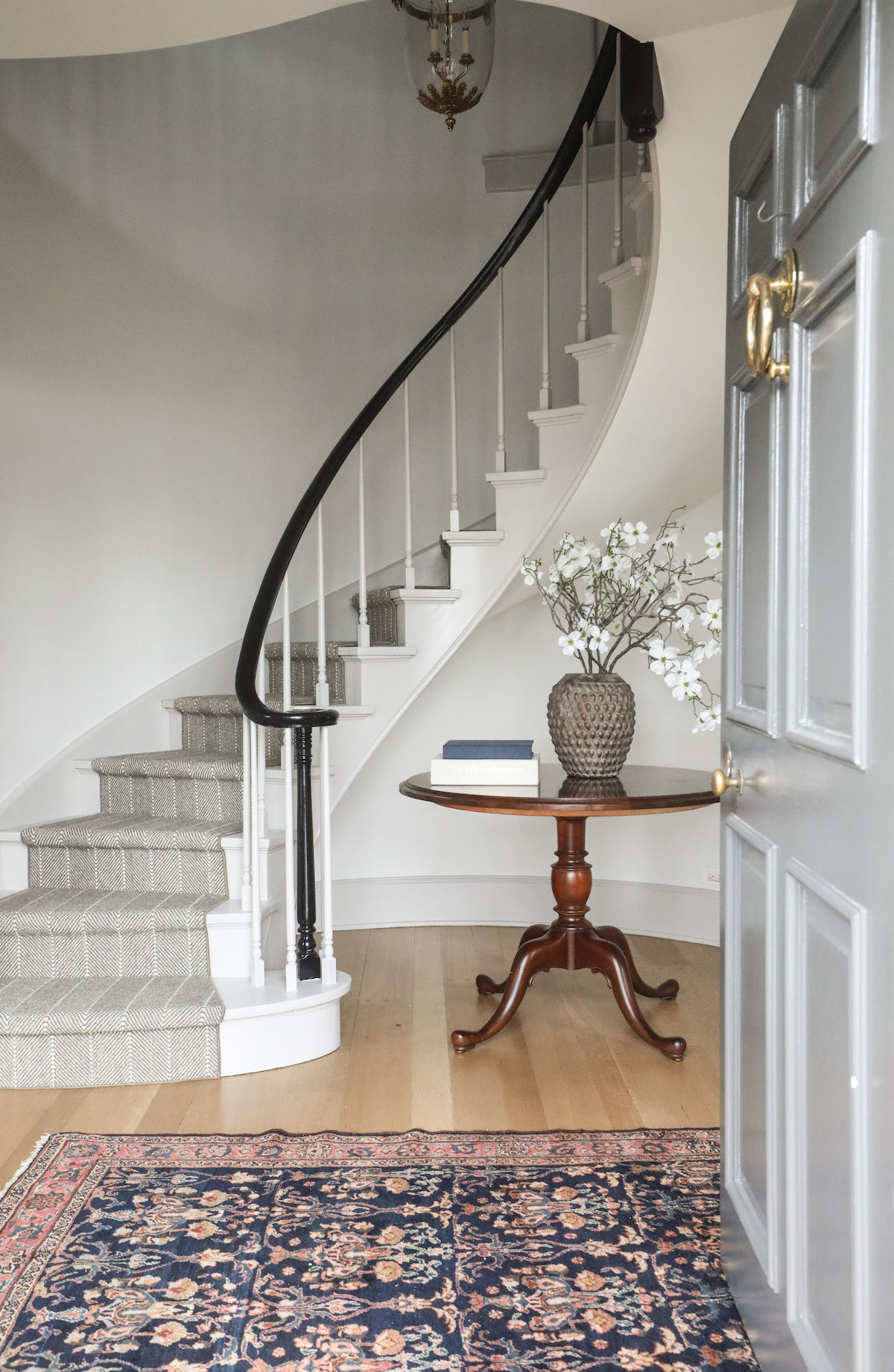

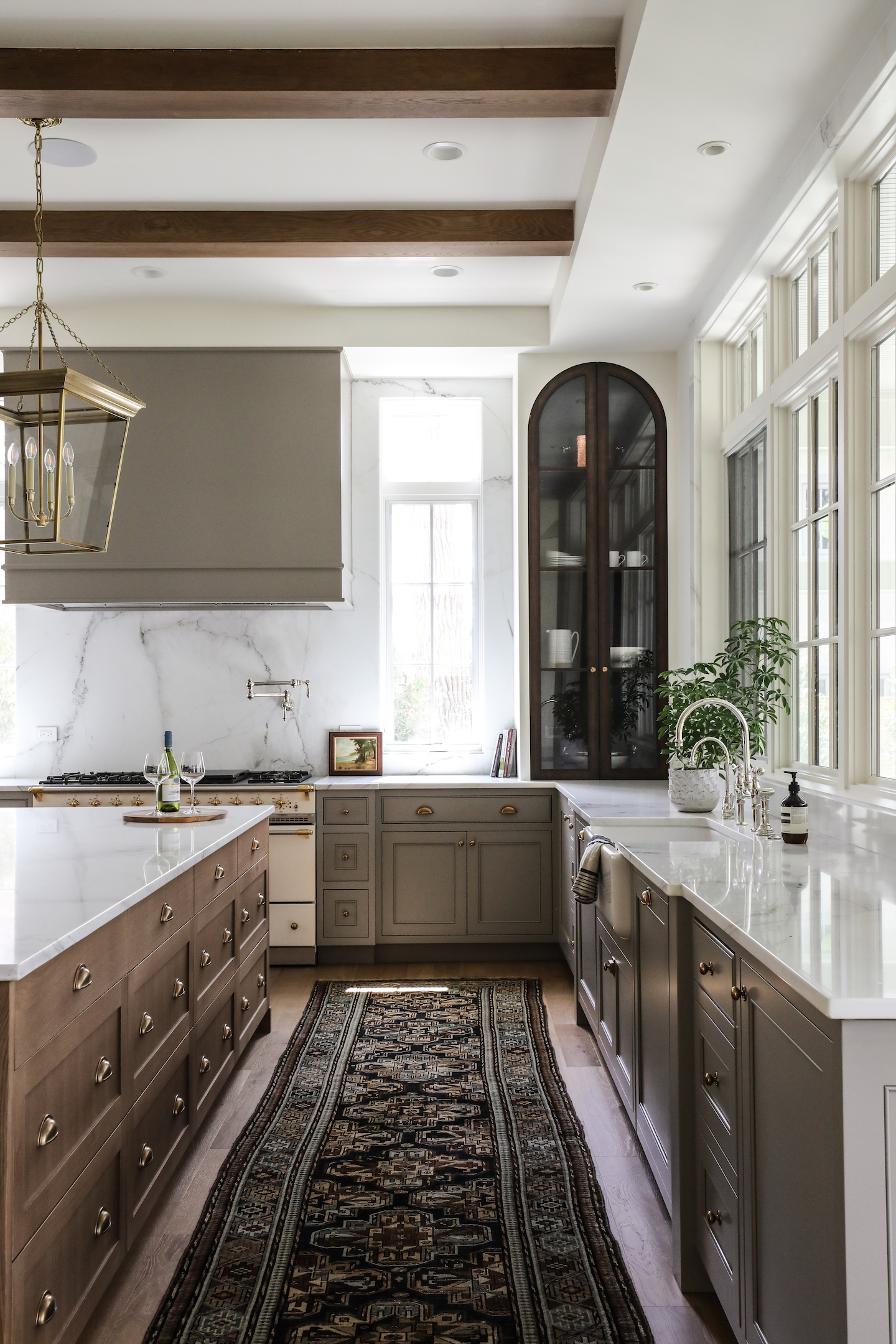
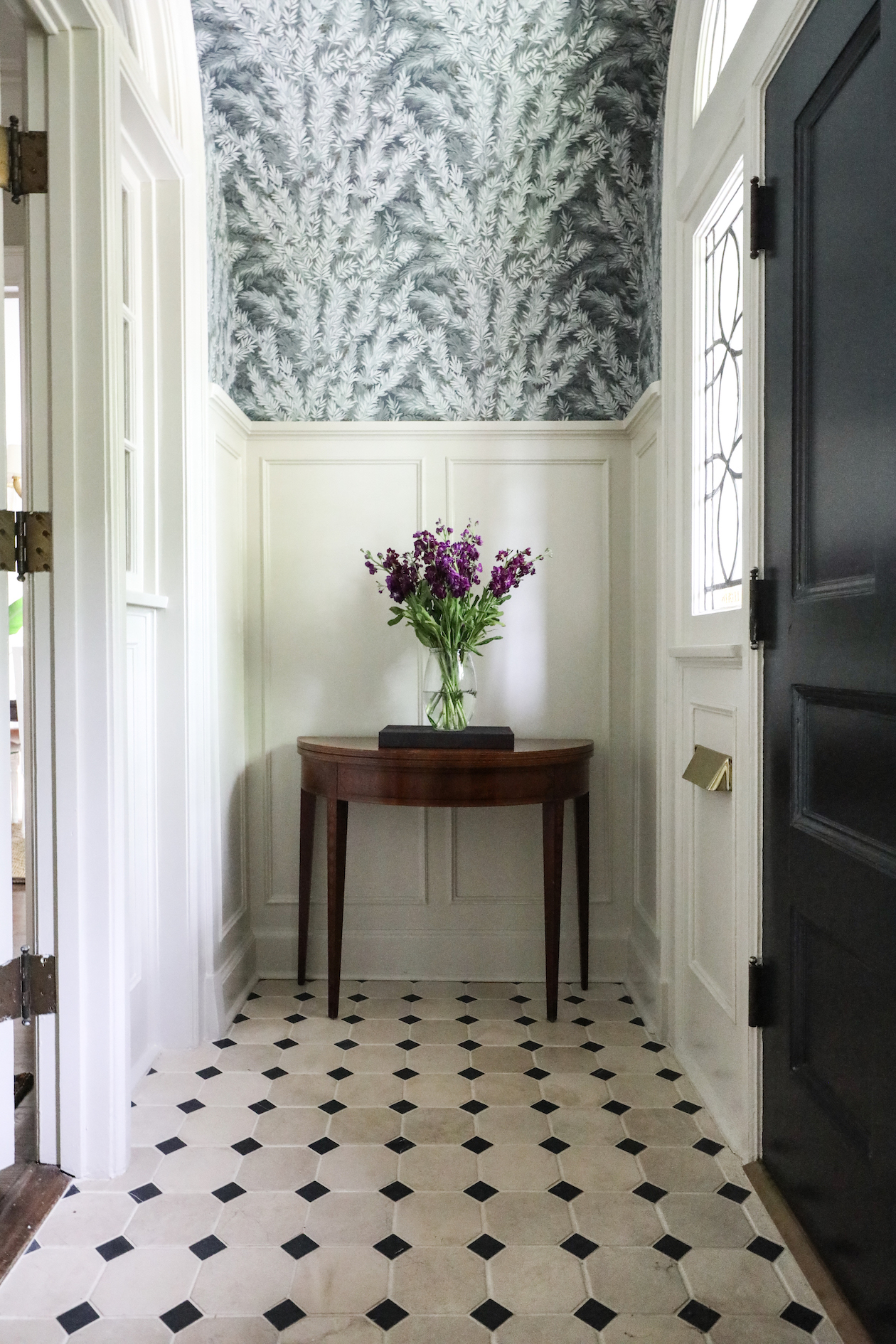

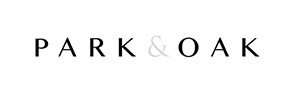
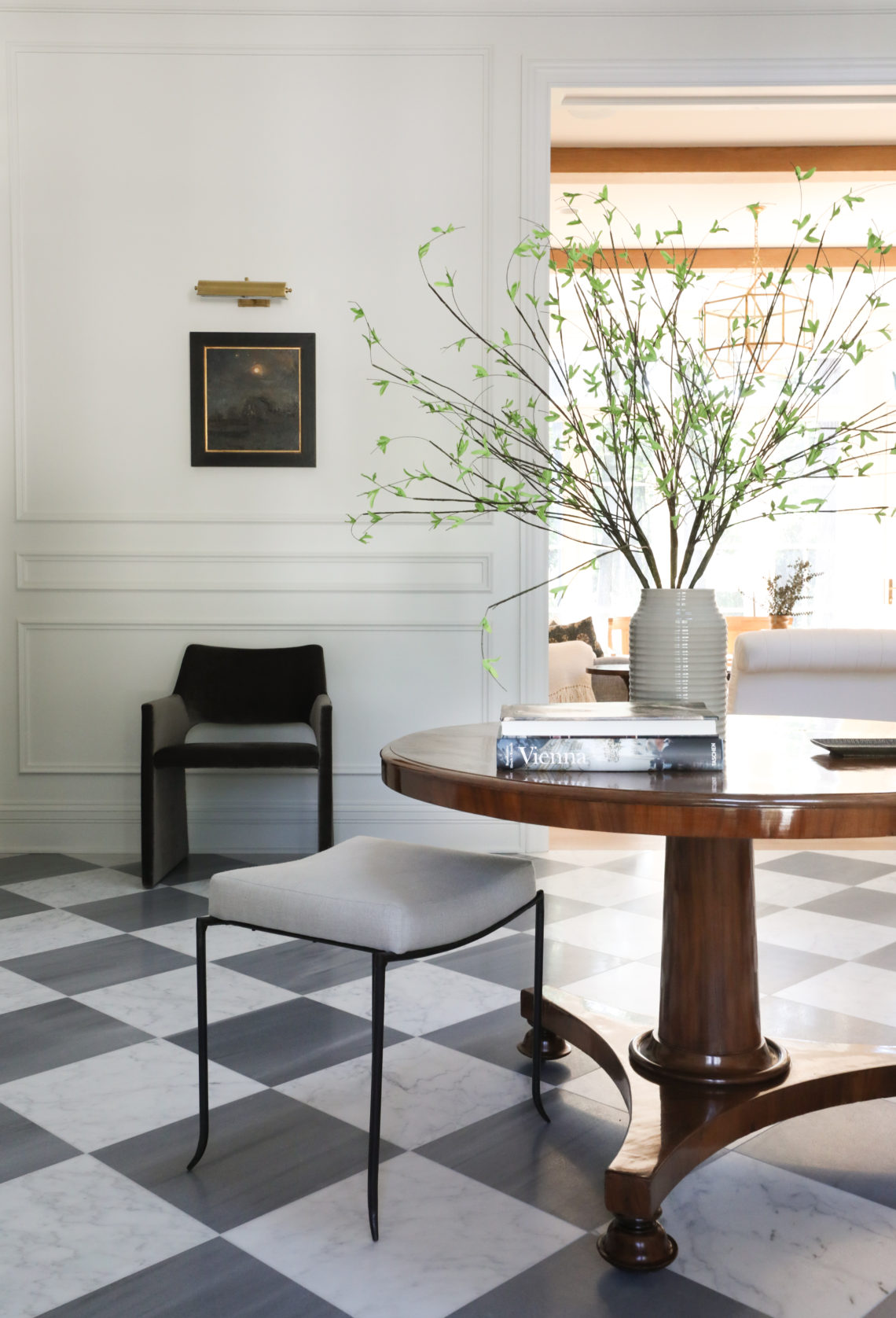
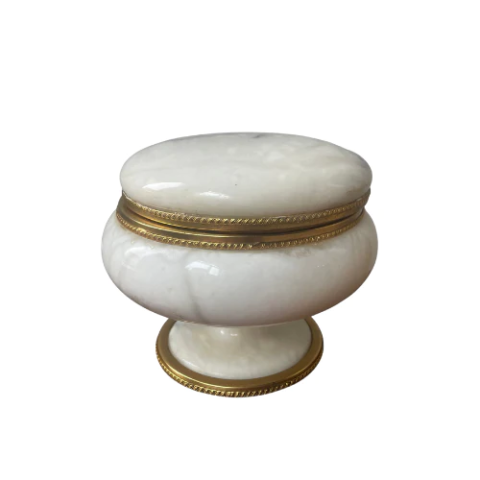


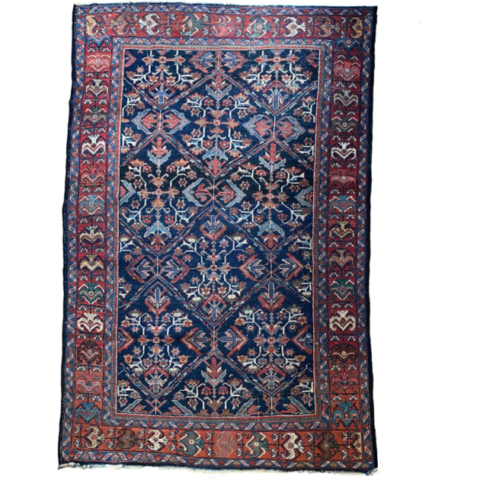
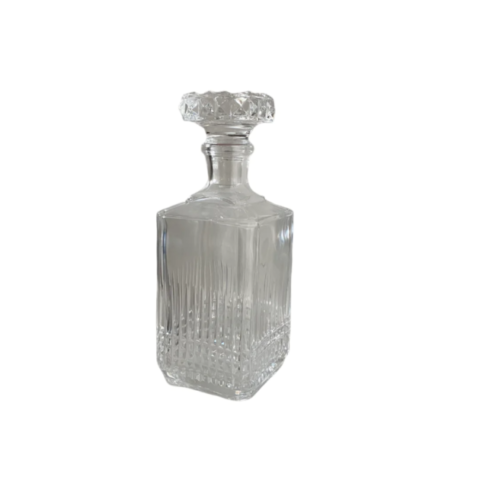
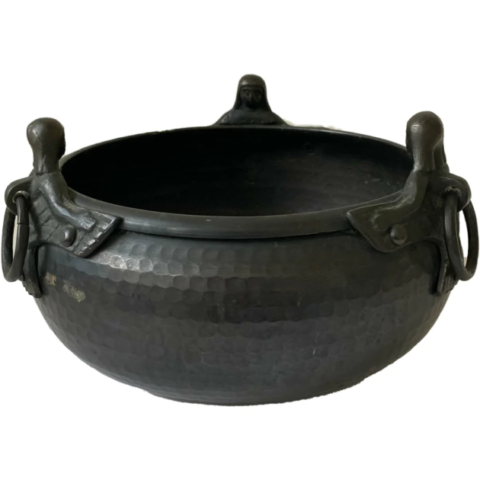
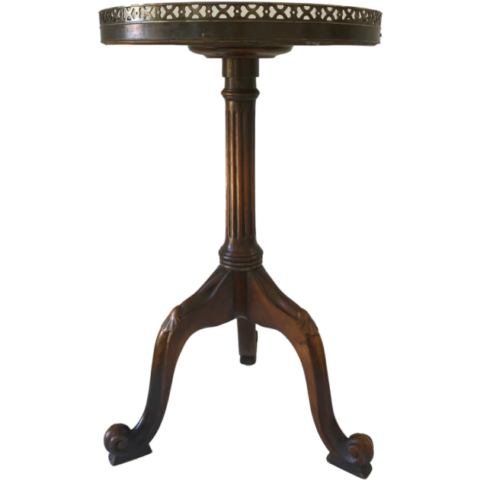
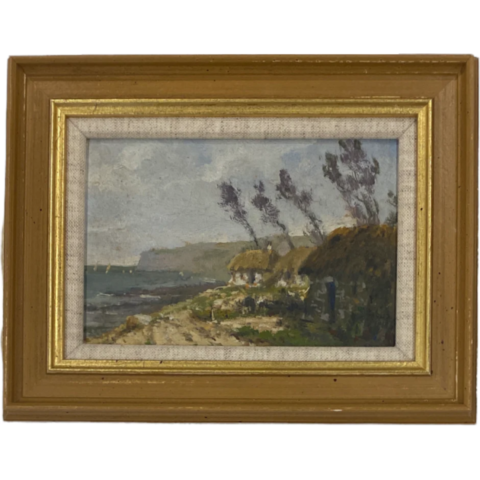
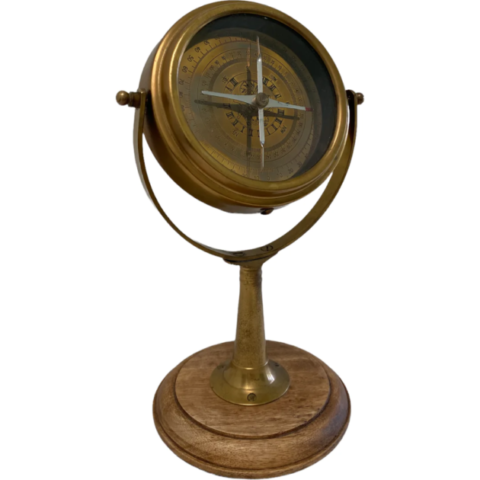

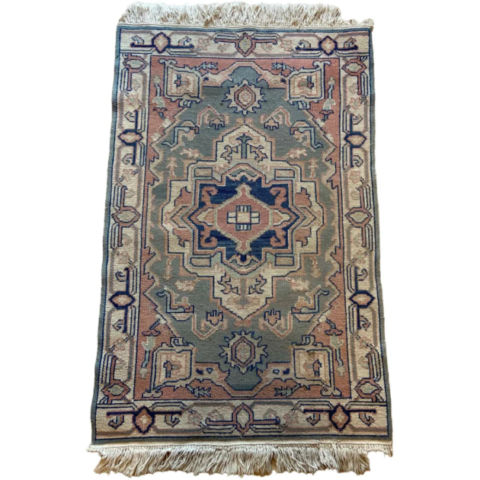
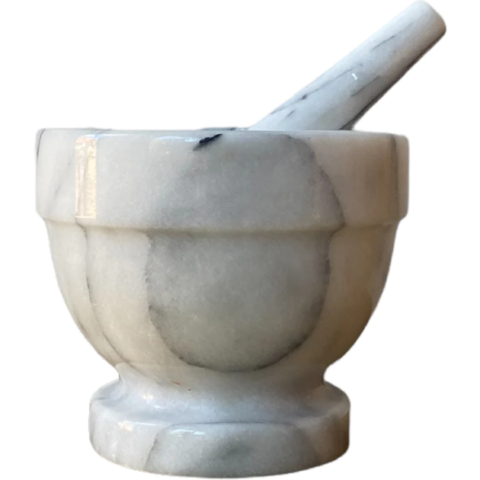
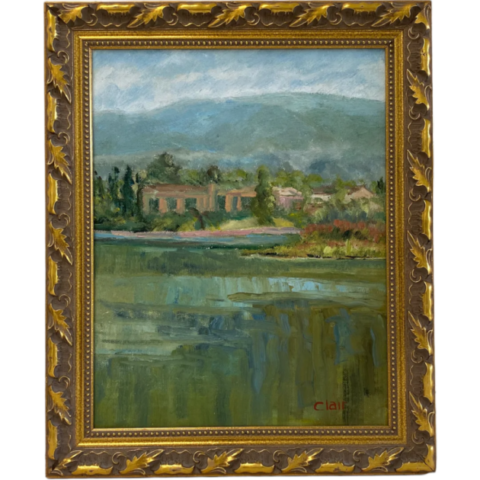
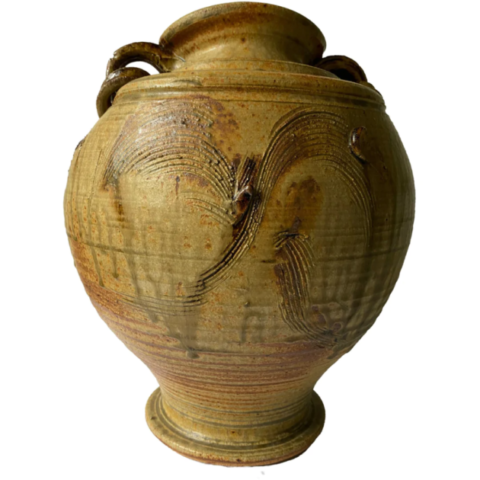
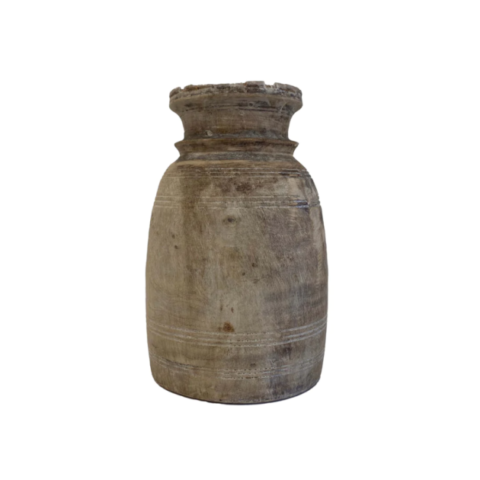
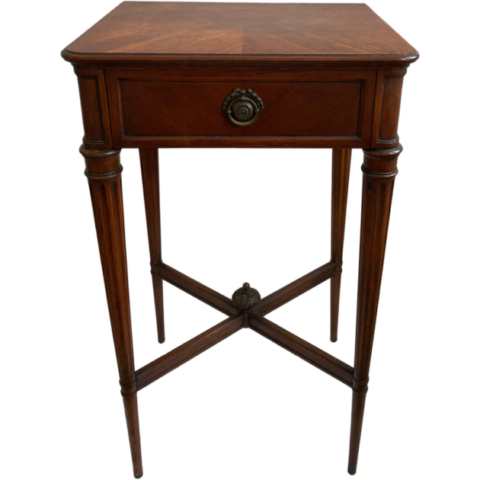
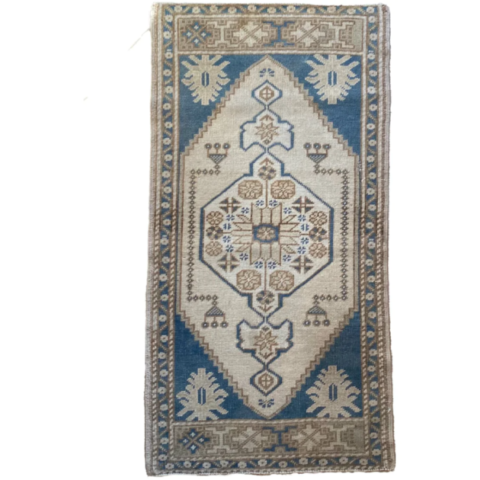


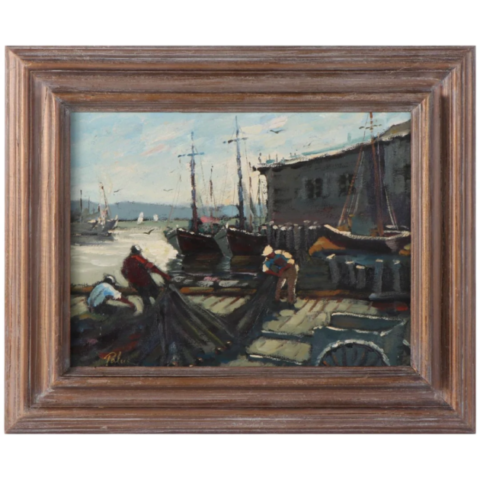
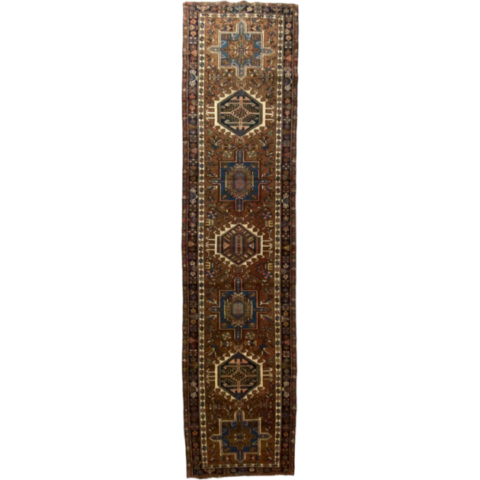

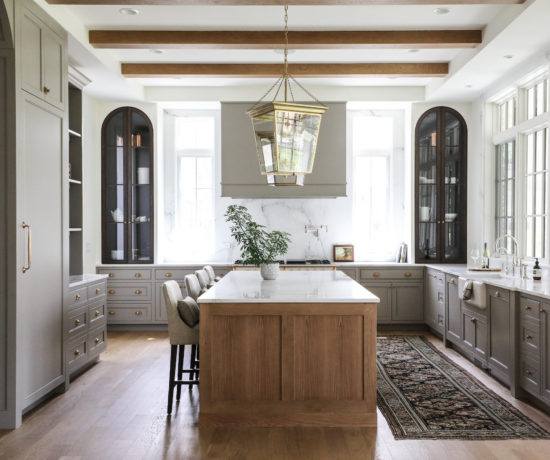
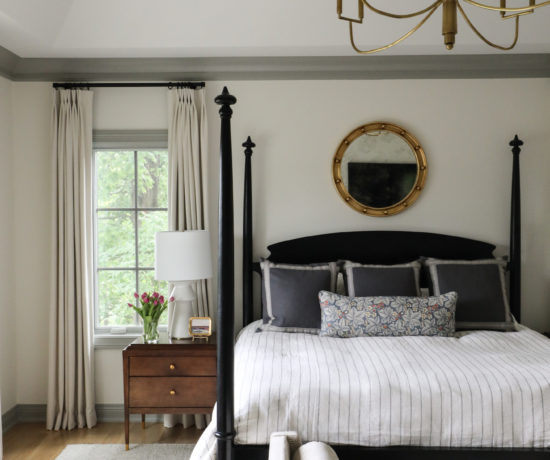
No Comments